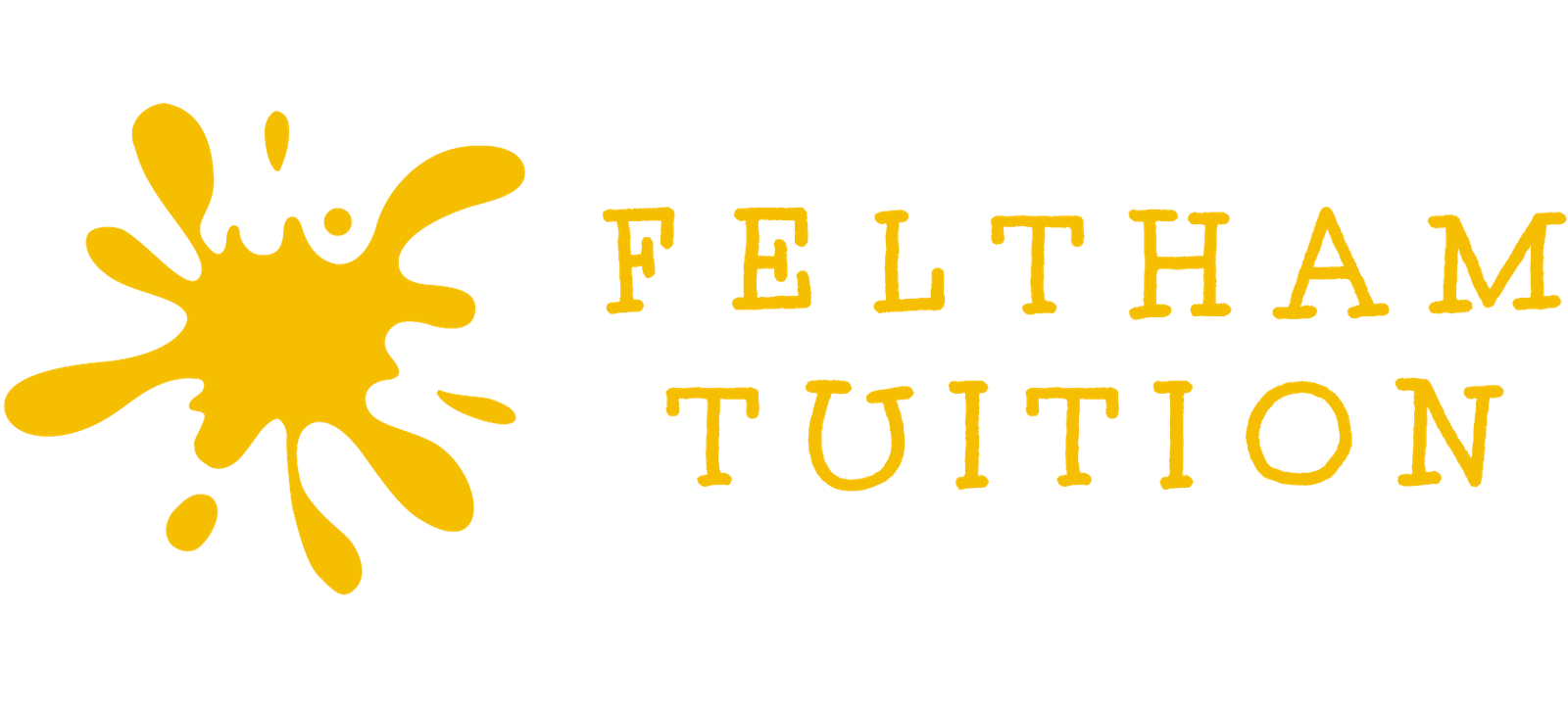Independent schools in the UK and private schools are both non-public schools. These are schools supported by tuition, donations, and endowments rather than public funds.
Most independent schools in the UK allow day students who can make use of all the facilities but go home to sleep in their own beds. Some independent schools in the UK take in boarders who stay on the premises. These are usually international students.
Prep and pre-prep schools: prep and pre-prep schools. Kindergärten (pre-preps) for children ages 3 to 8 or 7 to 11 or 13 (preps). They prepare students for various kinds of independent secondary schools. Junior schools.
What distinguishes public, private, and independent schools in the UK?
Private schools are funded mostly by parent payments and not by the state. They may work with any age group and charge any price. Although the words independent and private schools are frequently used interchangeably, independent schools in the UK are led by a board of governors or trustees, whilst other private schools may be managed solely by their owner.
Even more confusing is that public schools are also private institutions, usually the oldest and most costly. However, they must meet official educational, health, and safety standards, are regularly inspected (either by the Independent Schools Inspectorate or by Ofsted) and prepare students for the same public examinations at the secondary level.
What is a public school?
In the UK, a set of old-established boarding secondary institutions is known as ‘public schools. The word ‘public’ refers to a limited number of boys’ schools that gained independence from the Crown, church, or government in 1868. Charterhouse, Eton, Winchester, Harrow, Rugby, Shrewsbury, and Westminster were the original seven. There are currently several hundred ‘public schools, many of the girls or co-ed, with boarding costs upwards of £35K and extremely stringent admission criteria.
Check out this video about how to choose an independent school in the UK.
The prep school is not a primary school.
Prep schools charge tuition, whereas state elementary schools are free. Pre-prep schools typically start at 3 or 4 (although some include a nursery for younger kids) and feed into prep schools around 7 or 8. They prepare students for the common entrance (or Prep School Baccalaureate) examinations, taken at the age of 13. Because nothing in English education is simple, virtually all girls’ preparatory schools conclude in year 6 (girls’ senior schools begin in year 7), and some co-educational preps that feed independent day or grammar schools begin in year 7.
Many senior schools now require an 11+ type pre-test in years 6 or 7, providing seats up to two years ahead of the entrance, which are then secured. Most state primary school students transfer to a state secondary school, but others take examinations at 11 for private secondary schools.
For a few junior schools (mostly in or around London), registering your child’s name at birth is the only way for you to guarantee a place. Thankfully, most schools now manage admissions so that September newborns don’t get all the spots. The majority are less strict, with many rural prep and senior schools aggressively recruiting new students.
Early years placements are chosen based on a child’s readiness to learn via speech, play, and social contact. As the degree of extra assistance needed increases, the number of students who are accepted into private schools decreases.
Not to mention being evaluated to see whether you would ‘fit in’ with the parent body on your school tour or chat with the head. Your child will be tested in arithmetic, English, and perhaps a thinking exam around age 7 or 8. Many schools provide a trial day so the child may meet their prospective classmates.
In certain instances, the 13+ application deadline is up to three years before admission, and latecomers are seldom accommodated, but most 11+ entrants may be registered during the early fall term of year 6. Don’t be tempted by a prestigious name for your child’s future success — it may not be appropriate for your child. Schools increasingly use the ISEB Common Pre-test with year 9 admission to identify students in year 6 or 7.
Math, English, science, and verbal/non-verbal reasoning examinations are usually given in January of the year of admission.
Help! Why is English private schooling so confusing?
Investing in independent schools in the UK takes a lot of money and faith and should be based on solid research and your own parental instincts. The Good Schools Guide is also available to assist with its honest school evaluations that reveal the real face of schools and provide information not found in prospectuses.
Read more: Benefits of private tuition in the UK


Leave Your Reply